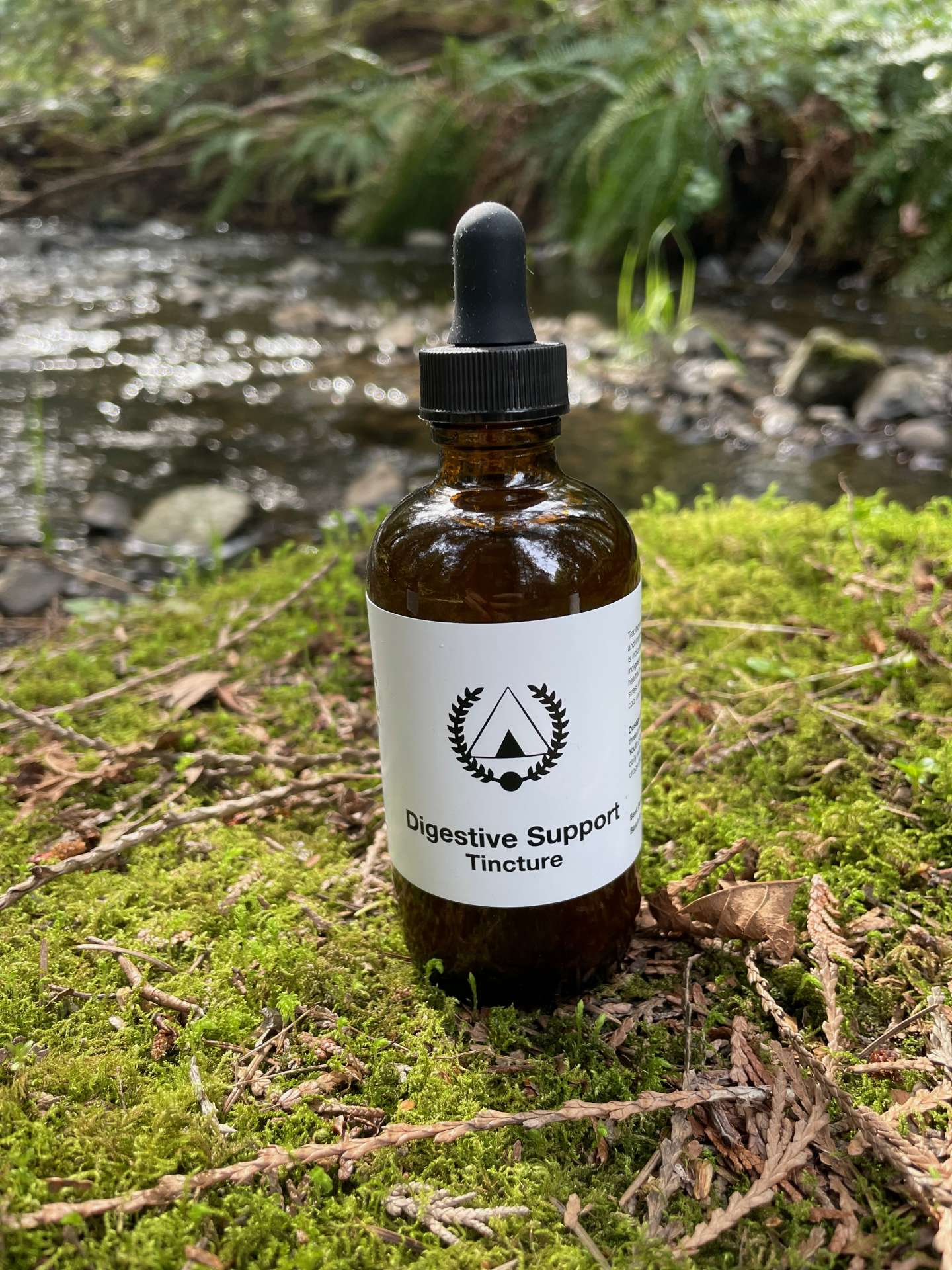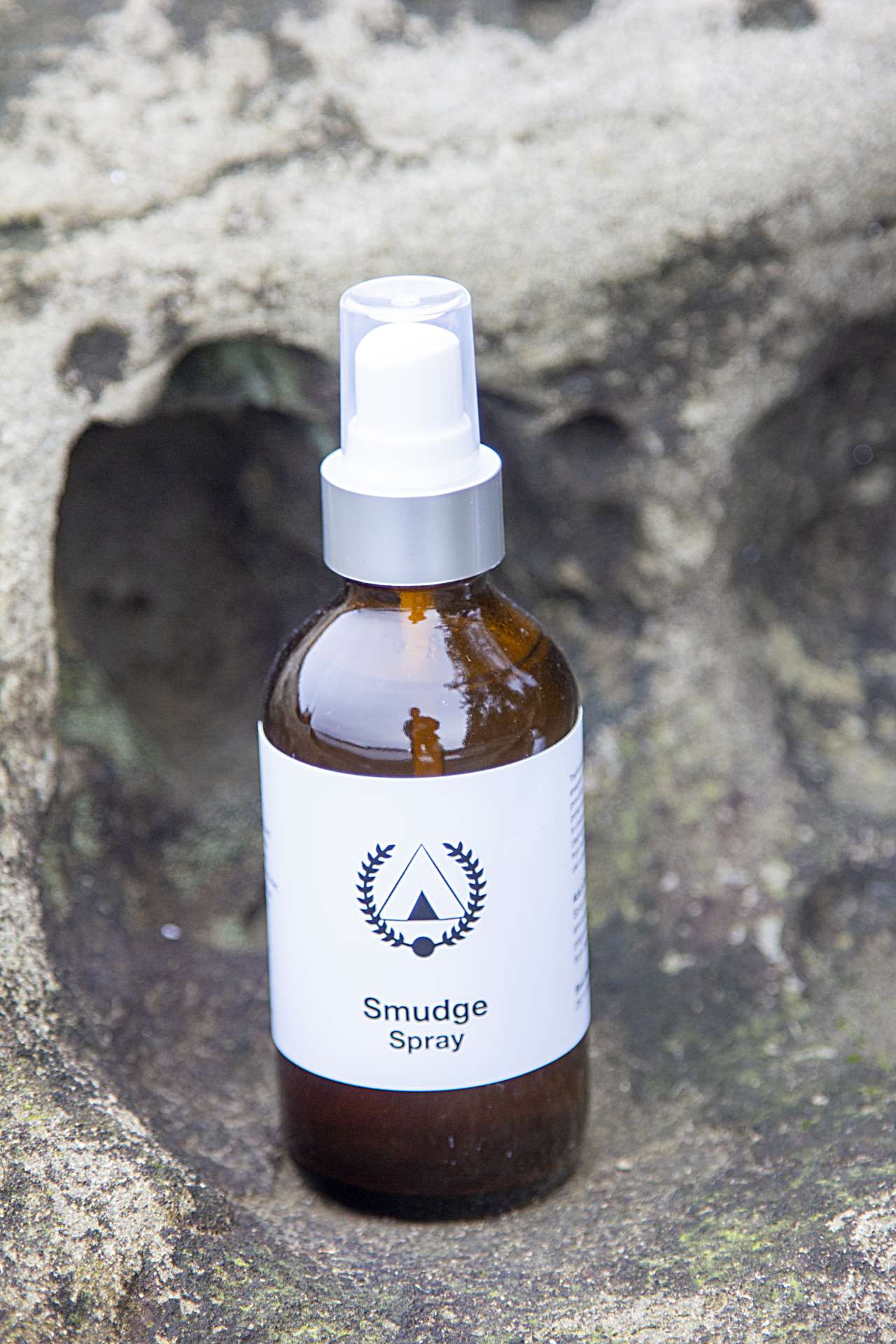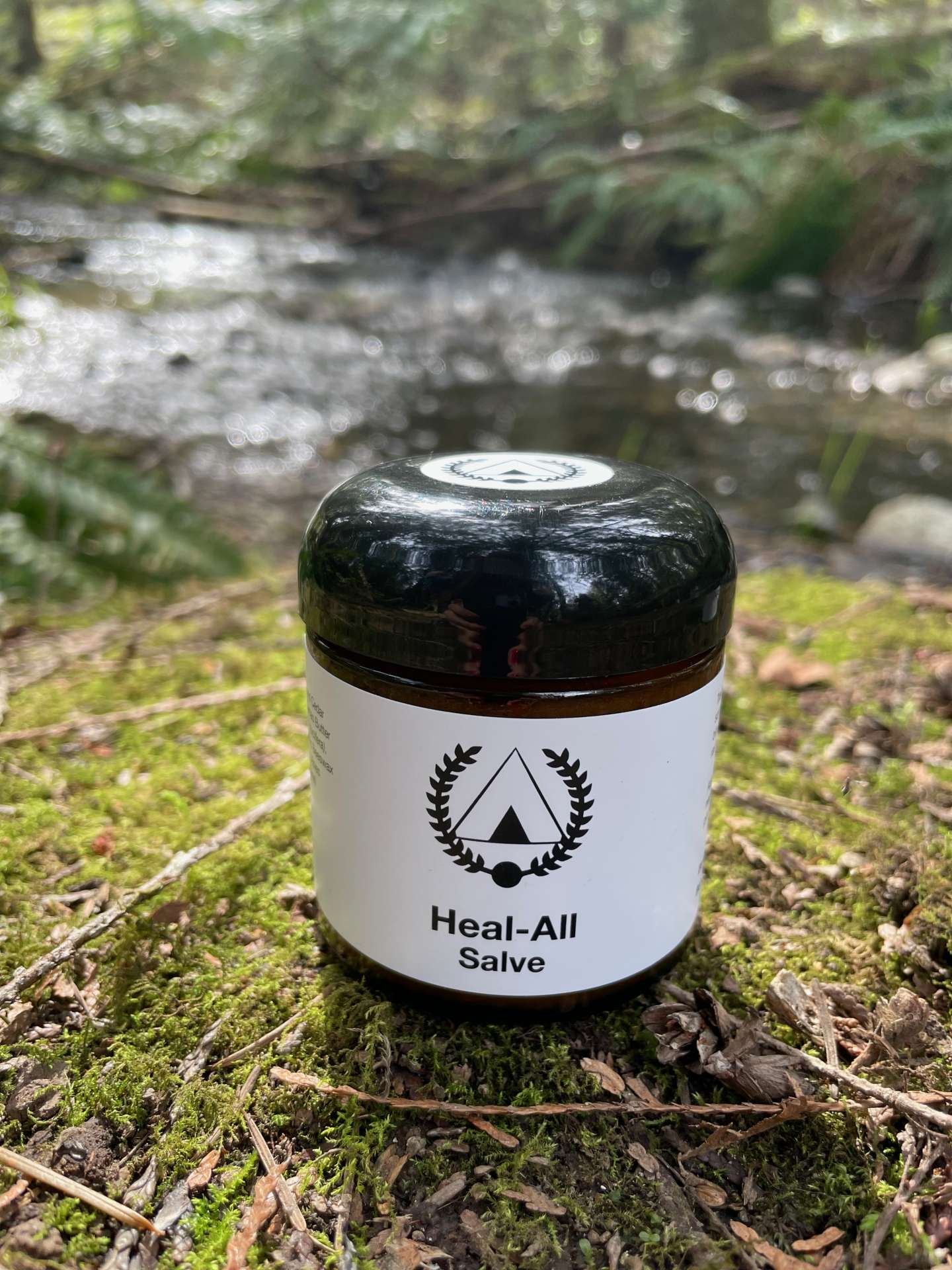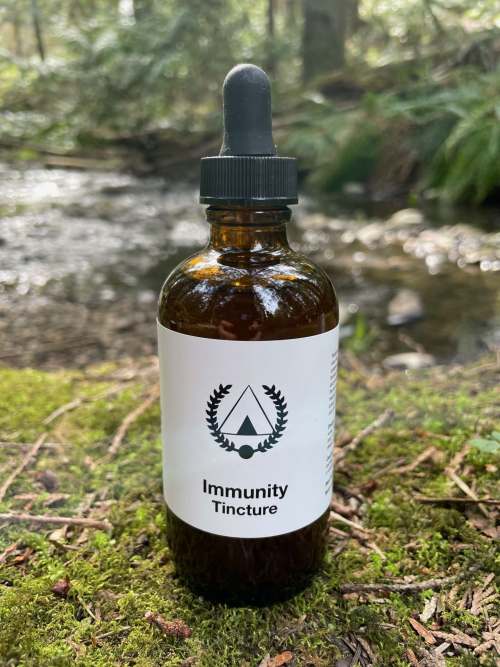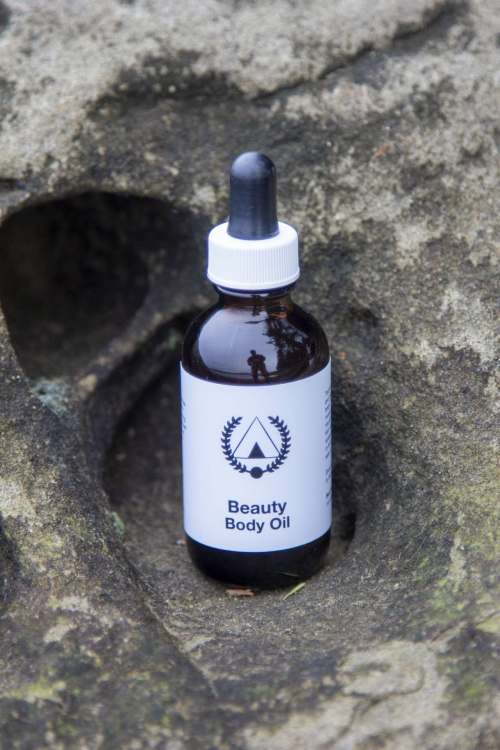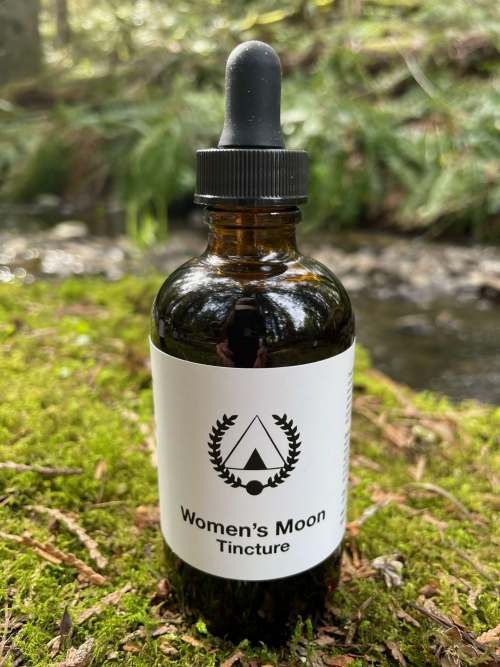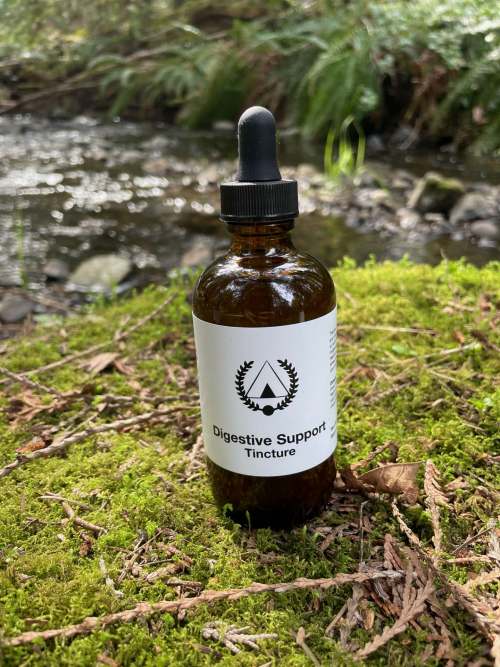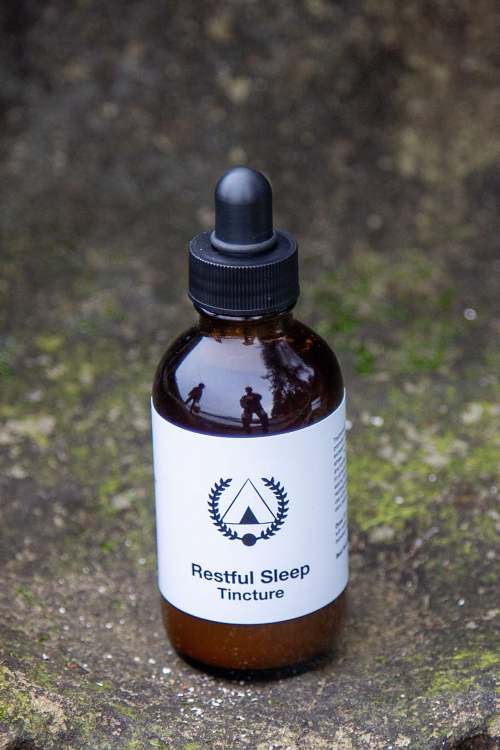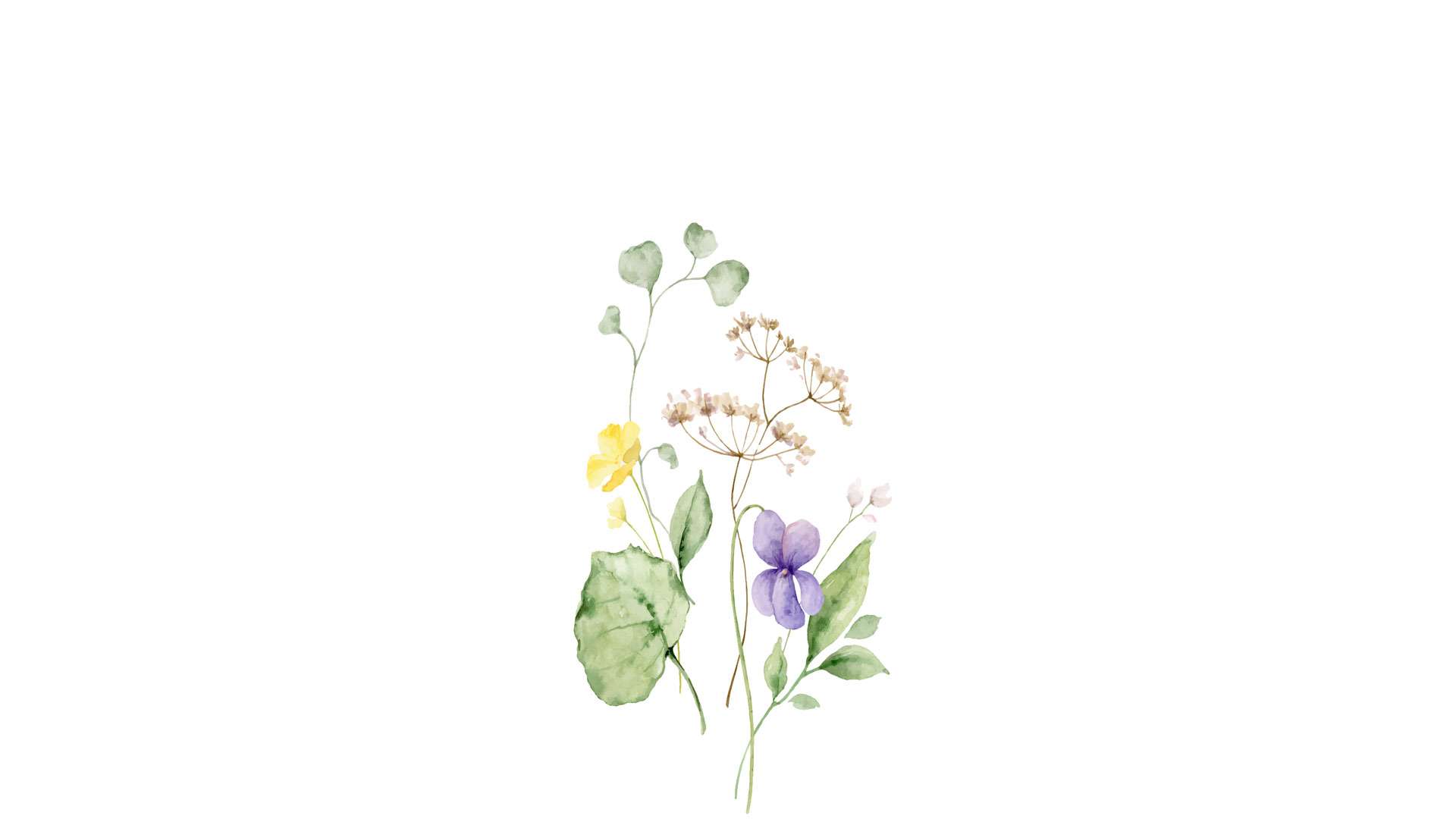Heal-All Salve
$50.00
Out of stock
Traditionally used to relieve pain, soreness, inflamed skin conditions, bites, stings, dryness, itchiness, cuts, rashes, etc. Apply topically to affected areas as needed, and store in a cool and dark place.
 The material provided on this website is intended for educational and informational purposes only, and has not been evaluated by Health Canada. The information provided on this site is not intended to diagnose, treat, or cure medical conditions, and is not a substitute for a professional medical opinion. If you have a medical problem, please contact your herbalist or health care professional. If you are taking prescription medications or drugs please consult with your herbalist or health care professional before using herbal medicines to ensure efficacy and safety. All of the products on this site are food grade, made naturally and organically without synthetic chemicals, and food safety is exercised in the manufacturing process.
The material provided on this website is intended for educational and informational purposes only, and has not been evaluated by Health Canada. The information provided on this site is not intended to diagnose, treat, or cure medical conditions, and is not a substitute for a professional medical opinion. If you have a medical problem, please contact your herbalist or health care professional. If you are taking prescription medications or drugs please consult with your herbalist or health care professional before using herbal medicines to ensure efficacy and safety. All of the products on this site are food grade, made naturally and organically without synthetic chemicals, and food safety is exercised in the manufacturing process.HEAL-ALL SALVE
Ingredients: Wild Squamish Devil’s Club (Oplopanax horridus) and Cedar Leaf (Thuja plicata) infused in Organic Cacao (Theobroma cacao) Butter, Coconut (Cocos nucifera) Oil, and Olive (Olea europaea) Oil with Organic Beeswax and Organic Essential Oils of Balsam Fir (Abies balsamea) and Black Spruce (Picea mariana)
Traditionally used to relieve pain, soreness, inflamed skin conditions, bites, stings, dryness, itchiness, cuts, rashes, etc. Apply topically to affected areas as needed, and store in a cool and dark place.
Plant Medicine Details:
The Devil’s Club in this remedy is harvested annually in the summer before flowering and in the fall after seeding. I harvest the medicine on Squamish and Cowichan territories as a visitor in a respectful and ethical manner, having been taught by Elders and Medicine People local to the area. When I visit the Devil’s Club stands the strong presence and scent of them takes my breath away in awe of their great power. I only harvest the above-ground portions of the plant, leaving the roots to re-grow, in small quantities, using all parts of the plant, and I process the medicine fresh. Devil’s Club is becoming rare and is therefore always harvested with deep respect and care.
The Devil’s Club root and stem were used by the Nuxalk as a cleansing emetic and purgative, and in steam baths for rheumatism and stomach trouble. A medicine for arthritis or rheumatism used by the Ditidaht, Coast Salish, and the Cowlitz was made from several pieces of the stem (after scraping off the spines) infused in water and drunk exclusively for several days. Cowlitz dried the bark and pulverized it for a perfume or baby talc, made an infusion drunk for colds, and applied topically for rheumatism. The Cowichan, Sechelt, and Squamish used Devil’s Club in hot baths and as a poultice for rheumatism and pain. Lushootseed steeped the stems and drank the tea for colds, and pulverized the bark for use as a deodorant. The Skagit steeped the root and bark of Devil’s Club with Princes Pine and Cascara and drank the tea for tuberculosis and to re-establish regular menstruation after childbirth. The Lummi applied the de-thorned bark to a woman’s breast to stop the flow of milk. Devil’s Club berries were rubbed on the scalp to combat lice and dandruff and to make the hair shiny. The inner bark was used to cure rheumatism and tuberculosis of the bone. The Dena’ina boiled the stems and branches and drank the tea to reduce fever. The inner bark of the root was used by the Dena’ina as medicine for tuberculosis, stomach trouble, coughs, colds, and fevers. For swollen glands, boils, and other infections the Dena’ina baked and shredded the inner root bark until soft and applied it as a poultice.
The Halq’emeylem used Devil’s Club as a medicine for arthritis and as protection from spirits in the form of bough face paint made out of the ashes mixed with grease. The root and stem were used medicinally by southern Vancouver Island Salish for rheumatism and other aches and pains. The Cowichan used bark tea in the treatment of measles and the entire plant along with Thistles and Black Hawthorne to drive away sickness. Tea made from the inner bark is taken by many people today for diabetes (Pojar & MacKinnon, 1994). Devil’s Club salve or oil can be applied externally to remedy pain and speed the healing of skin infections such as staph (Kloos, 2017).
The power of the Red Cedar tree was said to be so strong a person could receive strength by standing with their back to the tree. Red Cedar was used for a variety of ailments. It is called ‘the tree of life’ by the Kwakwaka’wakw and is still held with the highest respect by all northwest coast peoples for its healing and spiritual powers. The easily-split rot-resistant wood was used to make important cultural items such as dugout canoes, house planks and posts, totem and mortuary poles, bentwood boxes, baskets, clothing and hats, and a variety of tools and implements such as dishes, arrow shafts, harpoon shafts, spear poles, barbecue sticks, fish spreaders and hangers, dip-net hooks, fish clubs, masks, rattles, benches, cradles, coffins, herring rakes, canoe bailers, ceremonial drum logs, combs, fishing floats, berry-drying racks, fish weirs, spirit whistles, and paddles (Pojar & MacKinnon, 1994). I wild harvest Red Cedar bough leaves as needed throughout the year in various locations. I tend to live in close proximity to this tree, and it is one of my most important personal plant Spirit medicines.
Western Red Cedar oil can be applied to red, oozy skin conditions like poison oak rashes or weeping eczemas to relieve irritation and speed up their healing. Apply the salve at the first sign of redness and itching from athlete’s foot, jock itch, ringworm, or other fungal infections of the skin (Kloos, 2017).
Balsam Fir and Black Spruce are warming stimulants for respiratory weakness, as well as tonics for the glandular system, nervous system, and respiratory system. They are antiseptic and expectorant for asthma and bronchitis. The medicines elevate, ground, and open the third eye and crown chakra for psychic work, specifically during yoga, meditation, and rituals.
These tree medicines will also help to ease anxiety and stress (Lavabre, 1990).
When working with this salve it is important to ask the medicine for healing with good intentions. Plants are conscious beings who work with our Spirits to bring healing to the physical, mental, and emotional body, while we teach them about us. Some may be fearful when walking alone in the forest, as the trees reflect back to us our internal state of being. Trees are the Knowledge Keepers of nature, they have lived through so many lifetimes, and they have so much to teach us about standing strong in our power and wisdom, from the strength of love within our hearts.
Best Before: 2 years
Size: 4oz/119ml
Price: $50.00
Weight & Dimensions: 223g – 7cm x 7cm x 6cm
References:
Kloos, S. (2017). Pacific Northwest Medicinal Plants. Timber Press.
Lavabre, M. (1990). Aromatherapy Workbook. Healing Arts Press.
Pojar, J., & MacKinnon, A. (1994). Plants of the Pacific Northwest Coast. Lone Pine.

